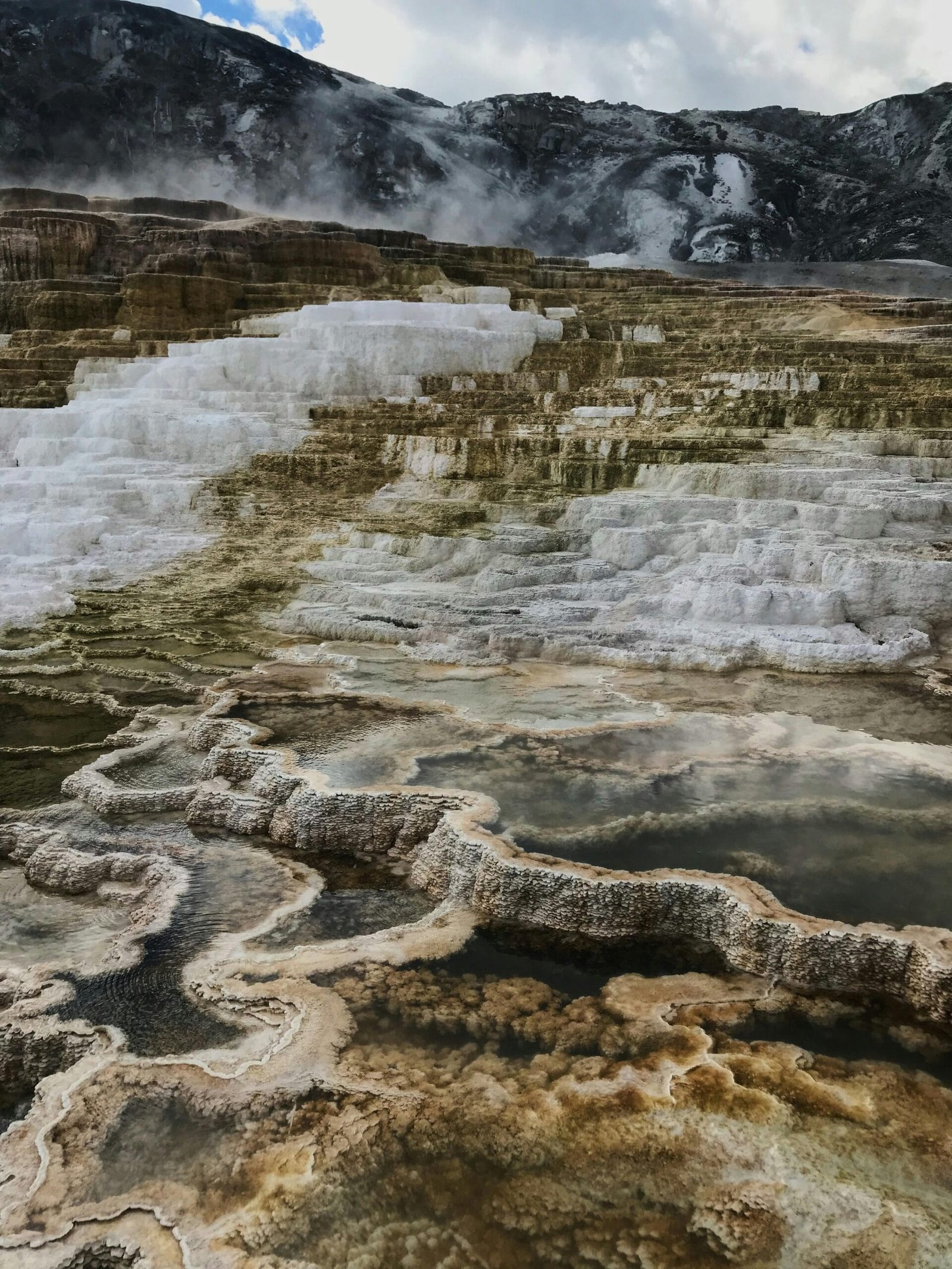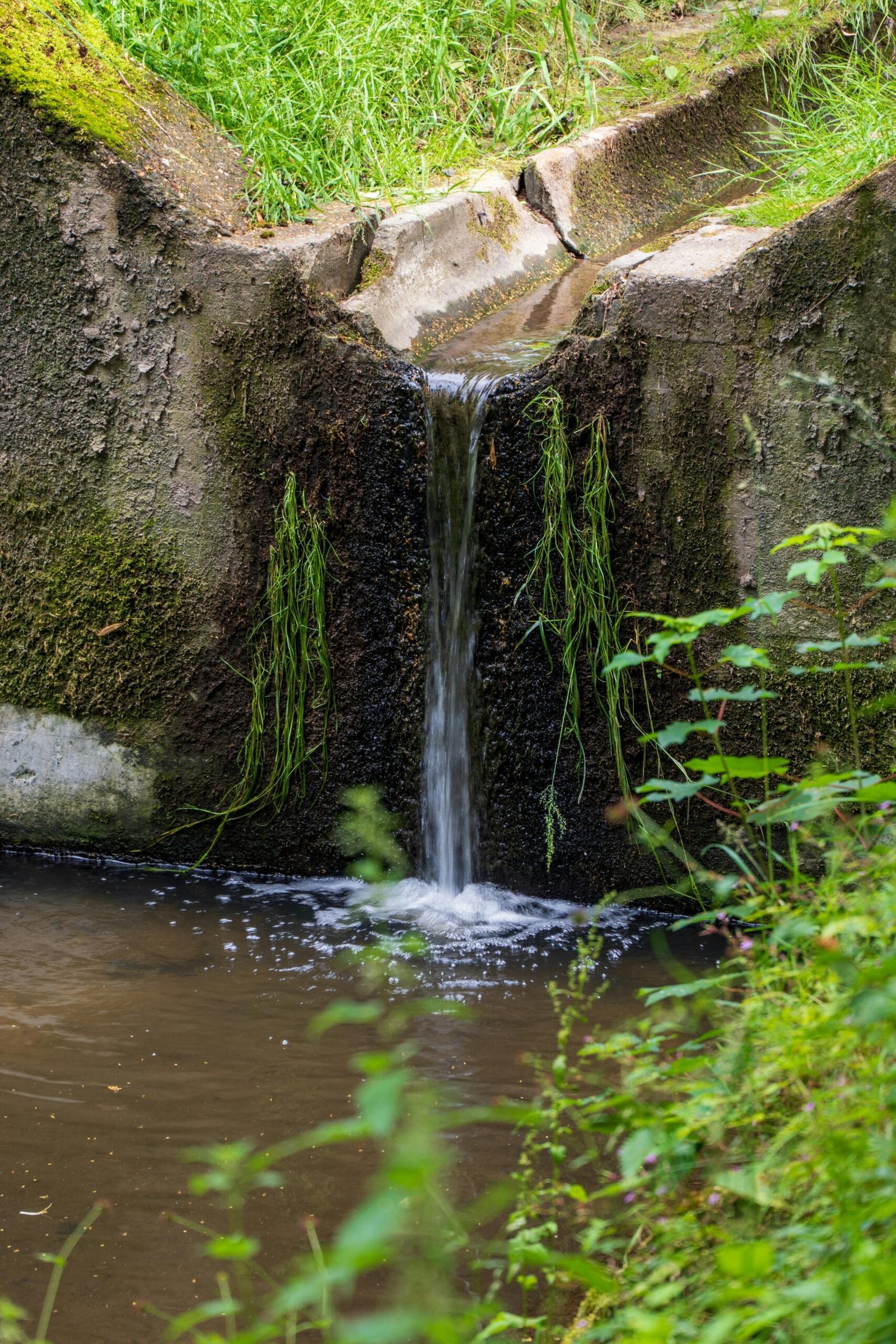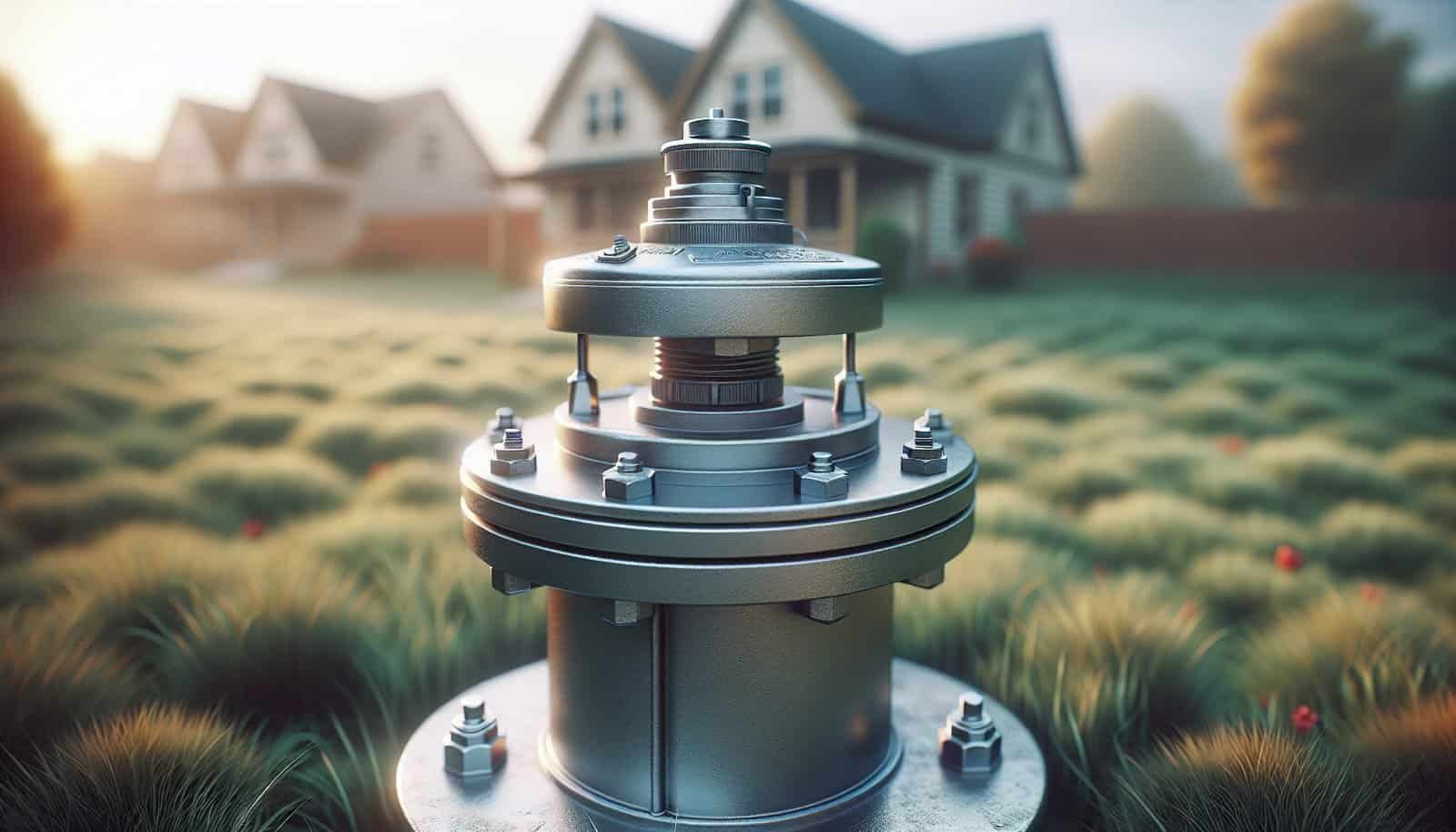Are you trying to understand what rules apply to your residential well in 2025 and how they affect your responsibilities, costs, and safety?
What Are The Regulations For Residential Wells In 2025?
This article gives you a clear, practical guide to residential well regulations in 2025. You’ll find what federal, state, and local authorities require, what standards your well should meet, and how to remain compliant while keeping your water safe and your liability low.
Overview: Why Well Regulations Matter in 2025
Regulations protect public health, groundwater resources, and property values. As climate patterns change and development expands, regulators have updated and refined requirements to reduce contamination and ensure sustainable water supplies. You’ll learn how these updates affect permits, construction, testing, maintenance, and abandonment.
Who Regulates Residential Wells?
Multiple levels of government and agencies influence well rules. Knowing which authorities matter for your well helps you follow the right steps.
- Federal agencies set baseline policies and funding priorities, especially for public health programs.
- State agencies typically manage permitting, minimum construction standards, and water quality programs for private wells.
- Local governments (counties, townships, municipalities) control zoning, setbacks, and some inspection or permitting processes.
- Tribal authorities oversee wells on tribal lands and may have separate regulations.

Federal vs. State vs. Local Roles
Each level of government has its own responsibilities. Below is a simplified comparison to help you understand who does what.
| Authority Level | Typical Responsibilities |
|---|---|
| Federal (EPA, USGS) | Research, guidance, funding, drinking water standards for public systems; not directly regulating private residential wells but influences programs and grants. |
| State (Department of Health, Environmental Protection) | Permits, well construction standards, licensing for drillers, water quality testing guidance, state-level contaminant action levels. |
| Local (County, Municipal) | Zoning, well setbacks from septic/sewer, local permits, inspections, enforcement, sometimes water well records. |
| Tribal | Separate permitting and standards on tribal lands; coordination with federal/state agencies. |
You should check with your state and local agencies first, because they usually enforce the regulations that apply to your residential well.
Key Regulatory Changes in 2025
Regulations evolved in 2025 with several trends. These updates might affect new wells and, in some cases, existing wells as state or local authorities adopt new requirements.
- Increased focus on source protection and groundwater monitoring.
- Stricter setback requirements from septic systems and contaminant sources.
- Expanded licensing and continuing education for well drillers and pump installers.
- Greater emphasis on testing for emerging contaminants (PFAS, per- and polyfluoroalkyl substances).
- Clearer rules for well abandonment and decommissioning.
- Incentive programs for upgrades that improve water quality or reduce contamination risk.
You should verify whether your state adopted these trends and how your local jurisdiction implemented them.
Permit Requirements
Most states require a permit to drill a new residential well. Permit rules vary by location, but here are common elements you’ll encounter.
- Application form with property and well site details.
- Well construction plans showing depth, casing, and grouting specifications.
- Proof of licensed driller or contractor.
- Fees for application and inspection.
- Waiting periods or site approval before drilling begins.
- Inspections during and after construction.
If you plan a new well, start the permitting process early. Delays often come from incomplete applications or lack of required site evaluations.

Licensing and Qualifications for Well Contractors
Licensing standards have strengthened in many areas. You’ll usually see requirements such as:
- State-issued well driller license.
- Pump installer licensing or certification.
- Minimum training and continuing education hours, often to cover new contaminants and technologies.
- Insurance and bonding requirements.
You should always hire licensed professionals. Using unlicensed workers can void permits, create hazards, and result in costly rework.
Construction Standards: Casing, Grouting, and Depth
Construction standards protect groundwater and ensure structural integrity. Regulations specify materials, installation methods, and minimum dimensions.
- Minimum casing material and diameter to prevent collapse and contamination.
- Grouting requirements for surface seal and annular space to stop surface water and contaminants from entering.
- Minimum depth relative to local aquifer conditions, frost lines, and contamination sources.
- Wellhead elevation and protective caps to prevent ingress.
Below is a typical set of construction elements you’ll see in regulations:
| Construction Element | Typical Regulatory Requirement |
|---|---|
| Casing Material | Steel, PVC, or other approved materials with corrosion resistance. |
| Casing Diameter | Minimum diameters often specified (e.g., 4 inches or greater) depending on pump type. |
| Grouting/Sealing | Cement or bentonite grouting for surface seals to specified depth (e.g., 20 feet or to bedrock). |
| Well Cap | Tamper-resistant sanitary seal required. |
| Surface Casing | Required in some areas to protect from surface infiltration. |
| Minimum Depth | Varies by aquifer; often determined by hydrogeological survey. |
You should request construction details and inspection reports before accepting a new well installation.
Setbacks and Site Selection
Setbacks reduce the risk of contamination. Rules specify minimum distances between wells and potential pollutant sources such as septic systems, chemical storage, livestock yards, and property lines.
Common setback distances include:
| Adjacent Feature | Typical Minimum Setback |
|---|---|
| Septic tank | 50–100 feet |
| Septic drain field | 100–200 feet |
| Property boundary | 10–20 feet |
| Chemical/pesticide storage | 100–200 feet |
| Livestock yards/manure piles | 100–300 feet |
Setbacks vary widely by state and local code. You should consult local zoning and health departments to get the exact distances that apply to your property.

Water Quality Testing Requirements
Testing verifies that your water is safe to drink. For private residential wells, state requirements often include testing:
- At construction completion (post-drilling).
- At property transfer or sale (home inspection requirement in many states).
- Periodic testing recommended annually or more often for certain contaminants.
Common required or recommended tests include:
- Bacteria (total coliform, E. coli)
- Nitrate and nitrite
- pH and hardness
- Heavy metals (lead, arsenic, iron, manganese) where risk is known
- Volatile organic compounds (VOCs) if nearby industrial sources exist
- Emerging contaminants such as PFAS, in areas with suspected contamination
You should test your water immediately after drilling, after any repairs, and at least annually for bacteria and nitrates. If you suspect contamination, test more frequently and for specific contaminants.
Emerging Contaminants: PFAS and Others
PFAS (per- and polyfluoroalkyl substances) gained regulatory attention in 2025. Some states set limits or recommended action levels for PFAS in drinking water; others issued guidance for testing.
- If you live near airports, firefighting training sites, industrial areas, or landfills, PFAS testing may be advised.
- State-level action often requires testing if contamination is suspected.
- Treatment options include granular activated carbon (GAC) and high-pressure membrane systems; these can be costly.
You should research your state’s guidance on PFAS and ask your local health department whether testing is recommended for your area.
Disinfection and Post-construction Procedures
Disinfection prevents microbial contamination after construction or repair. Chlorination is the most common method.
- Shock-chlorinate the well after drilling and before use.
- Follow procedures specified by state or local regulators, including chlorine concentration and contact time.
- Post-disinfection testing for bacteria is required to confirm safety before using the well for drinking water.
You should ensure your contractor follows correct disinfection protocols and retains documentation of post-construction testing.

Wellhead Protection and Surface Water Management
Protecting the area around your well prevents contaminants from reaching groundwater.
- Grade the area to drain surface water away from the wellhead.
- Maintain a sanitary seal and elevated well cap.
- Keep chemicals, fuels, and waste well away from the well site.
- Use impervious surfaces or gravel pads around wellheads in areas with high runoff.
You should maintain at least a three-foot clear zone around the well and avoid planting deep-rooted vegetation that might damage casing or grout.
Ongoing Maintenance and Inspection Requirements
Regular maintenance prolongs well life and protects water quality. Regulations often require certain inspections and routine tasks, especially for wells subject to specific programs.
Typical maintenance tasks include:
- Annual visual inspection of casing and cap.
- Testing for bacteria and nitrates annually.
- Checking pump performance and pressure tanks.
- Keeping a maintenance log and records of tests, repairs, and disinfection.
You should schedule routine checks and keep documentation. Some states recommend or require a certified inspection every few years, particularly when selling property.
Well Abandonment and Decommissioning
Abandoned wells can become conduits for contamination or present safety hazards. Regulations in 2025 tightened requirements for proper decommissioning.
- Proper abandonment involves removing the pump and filling the well with grout or other approved material, or sealing per state specifications.
- You may need a permit and an inspection to decommission a well.
- Penalties apply for improperly abandoned wells in many jurisdictions.
If you stop using a well, you should follow state and local rules to decommission it correctly and obtain written confirmation of completion.

Well Transfers and Real Estate Transactions
When you buy or sell a property, well rules often require inspections and disclosures.
- Many states require a water quality test (bacteria, nitrates) before a sale closes.
- Sellers may need to provide well logs, permits, and records of past tests and maintenance.
- Buyers often obtain a well inspection and may demand repairs or upgrades as part of the sale.
You should obtain or request copies of all well documentation during a property transaction and consider an independent water test before finalizing. Real estate contracts commonly include contingencies related to well condition and water quality.
Financial Assistance and Incentives
Some programs help homeowners pay for well upgrades, testing, or replacement.
- State or federal grants may be available for households with contaminated wells or low-income families.
- Conservation programs sometimes provide incentives for water-saving upgrades or wellhead protection projects.
- Low-interest loans might be available through state revolving funds or local programs.
You should contact your state health or environmental agency to learn about financial aid programs that may apply to your situation.
Insurance, Liability, and Code Compliance
Homeowner insurance rarely covers contamination-related remediation for private wells. Liability issues can arise if your well contaminates neighboring properties.
- Check your policy to see what is and isn’t covered for well-related damages.
- If contamination spreads to neighbors or public systems, you might face liability or cleanup obligations.
- Compliance with codes reduces liability risk and can be important in disputes or title transfers.
You should document compliance, maintain records, and consider appropriate liability coverage if you rely on a private well.
Enforcement and Penalties
Regulatory agencies enforce rules through inspections, fines, and orders to correct violations.
- Penalties vary by state and local law; they can include fines, stop-work orders, and requirements to remediate contamination.
- Repeated or serious violations may result in criminal charges in some jurisdictions.
- Agencies prioritize actions that protect public health and groundwater resources.
You should respond promptly to enforcement notices and seek professional assistance if you’re facing potential penalties.
New Technologies and How Regulations Address Them
Technology is changing how wells are monitored and managed. Regulators recognize the benefits and often create pathways for approval and standards.
- Remote monitoring sensors for water level, pressure, and quality are increasingly accepted.
- Advanced treatment systems (UV, reverse osmosis, membrane filtration) are more commonly integrated into residential setups.
- Smart pumps and variable frequency drives improve efficiency and are allowed under most codes when installed properly.
You should consult local permitting officials when installing new technologies to ensure compliance and to take advantage of performance-based approvals.
Emergency and Contamination Response
If you detect contamination or your water suddenly changes, take immediate steps.
- Stop using the water for drinking and food preparation until you confirm it’s safe.
- Notify your local health department; they can advise on testing and remediation options.
- Boiling is not effective for many chemical contaminants; specific treatment or alternative water supplies may be required.
You should have an emergency plan: identify alternative water sources, keep contact information for certified labs and water treatment contractors, and understand local emergency response procedures.
Private Well Owner Responsibilities Checklist
Staying compliant and protecting your water requires routine action. Here’s a practical checklist to guide you.
- Confirm local permitting requirements before drilling or modifying a well.
- Hire licensed driller and pump installer, and verify credentials.
- Ensure well construction meets state standards for casing, grouting, and sanitary seal.
- Obtain and retain well logs, permits, and inspection reports.
- Shock-chlorinate after construction or repair; test for bacteria afterward.
- Test water annually for bacteria and nitrates; test for other contaminants as advised.
- Maintain setbacks and protect wellhead from surface water and contamination.
- Keep written maintenance records, repair receipts, and test results.
- Abandon unused wells according to code with a licensed contractor and permit.
- Provide copies of records during property transactions.
You should use this checklist as a living document, updating it when you have repairs, tests, or changes to the property.
Sample Testing Schedule
Below is a suggested testing schedule that aligns with common regulatory expectations and good practice.
| Frequency | Tests/Actions |
|---|---|
| At well completion | Bacteria, nitrate, pH; full baseline testing if required. |
| Within 1 month after repairs | Bacteria testing after disinfection. |
| Annually | Bacteria and nitrate (minimum). |
| Every 3–5 years | Full suite: metals, VOCs, hardness, other regionally relevant contaminants. |
| When property is sold | Bacteria, nitrate; additional tests as required by buyer or local code. |
| If taste/odor/appearance changes | Immediate testing for bacteria and relevant contaminants. |
You should adapt this schedule to local risk factors like nearby agriculture, industry, or known contamination sites.
Costs and Budget Considerations
Costs vary regionally, but you should plan for the following items:
- Permits and inspections: modest fees in many areas.
- Drilling and construction: often the largest cost; depends on depth, geology, and pump type.
- Water testing: basic bacteria/nitrate tests are inexpensive; advanced tests (PFAS, VOCs) are costlier.
- Treatment systems: range from a few hundred dollars for basic filters to several thousand for advanced systems.
- Decommissioning: costs can be significant depending on depth and method.
Below is a rough cost range to help you plan (actual costs vary):
| Item | Typical Cost Range (USD) |
|---|---|
| Permit fees | $50–$500 |
| Well drilling & construction | $3,000–$15,000+ |
| Water testing (basic) | $30–$150 |
| Advanced testing (PFAS/VOCs) | $200–$1,000+ |
| Residential treatment system | $300–$10,000+ |
| Well abandonment | $500–$3,000+ |
You should get multiple quotes and check for available financial assistance to offset large expenses.
Working with State and Local Agencies
Good communication with regulators streamlines the process and reduces surprises.
- Contact your state well program or health department before drilling.
- Request a copy of current regulations and guidance relevant to your area.
- Ask about local well logs and contamination history for your property.
- Register your well where required and submit test results to the appropriate agency.
You should document all communications and retain copies of forms and approvals.
Frequently Asked Questions (FAQ)
You’ll likely have specific questions. Here are concise answers to common concerns.
Q: Do federal drinking water standards apply to my private well? A: Generally no. Federal Safe Drinking Water Act standards apply to public water systems. Private wells are primarily regulated by state and local rules, though federal guidance and programs influence state actions.
Q: How often should I test my well water? A: At minimum, test annually for bacteria and nitrates. Test more frequently if you have contamination concerns or after repairs, flooding, or construction near the well.
Q: Can I drill my own well? A: Most states require licensed drillers for well construction. Drilling without a license may violate law and void permits.
Q: What should I do if tests show contamination? A: Stop using the water for drinking until you have confirmed results and advised treatment or alternative supply. Contact your local health department for guidance on remediation and testing.
Q: Who pays for well testing during a home sale? A: That depends on contract negotiations. Buyers often request tests; sellers may provide recent results or agree to remediate issues as part of the sale.
You should check your state-specific rules for additional frequently asked questions and answers.
Where to Find Official Information and Assistance
Access official guidance from:
- Your state department of health or environmental protection.
- County or municipal health departments.
- State geological surveys or water resources agencies.
- Tribal environmental programs for wells on tribal lands.
- Certified water testing laboratories and licensed contractors.
You should bookmark contact pages and phone numbers for these agencies so you can act quickly when needed.
Final Tips and Next Steps
Being proactive saves time and money. Follow these practical steps:
- Confirm exact regulations for your location before any well work.
- Hire licensed professionals and get everything in writing.
- Keep thorough records of construction, testing, maintenance, and decommissioning.
- Test annually, protect the wellhead, and maintain required setbacks.
- Ask about financial aid programs if costs are a barrier.
You should treat well regulation compliance as part of your property stewardship. Taking simple, routine actions helps protect your household and your investment.
Summary
Regulations for residential wells in 2025 emphasize protection of public health and groundwater through permitting, stronger construction and abandonment standards, more attention to emerging contaminants, and tighter oversight of professionals. As a well owner, you’re responsible for following local and state rules, maintaining records, conducting routine testing, and responding quickly to problems. With the right knowledge and licensed help, you can ensure safe, reliable water for years to come.
